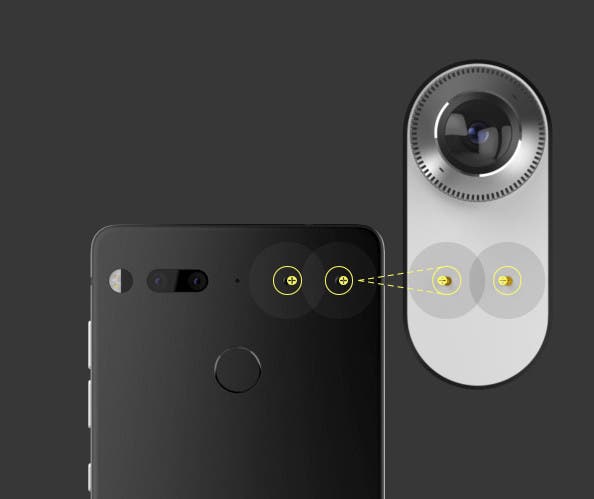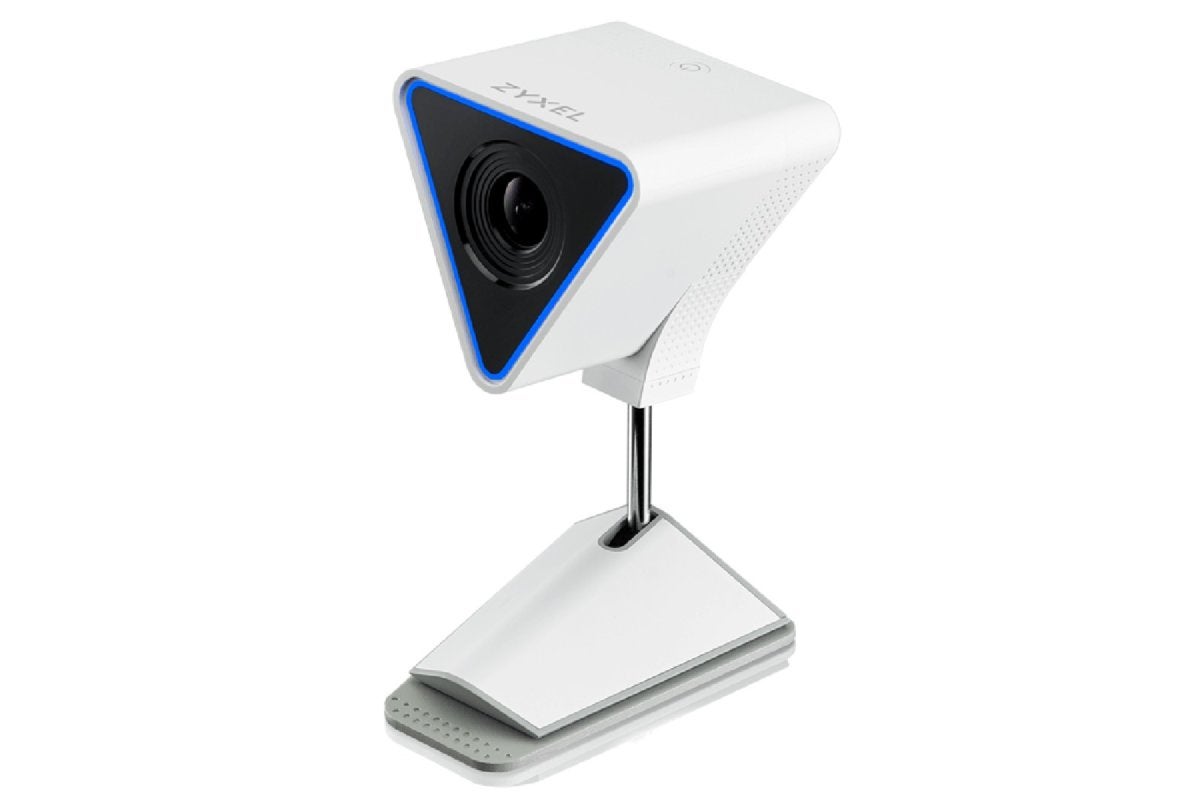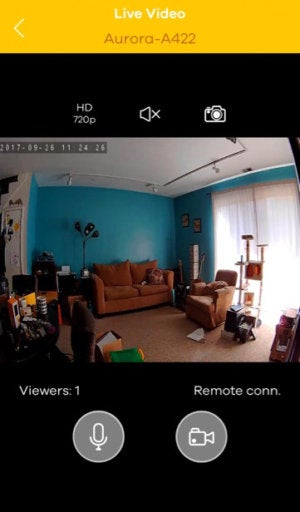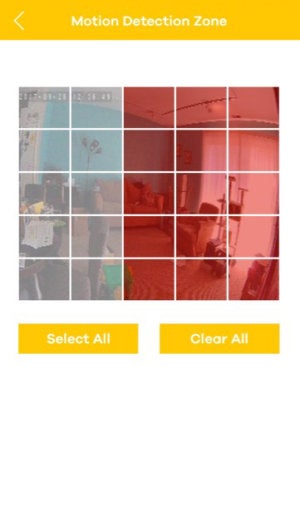
The GoPro HERO6 Black is the latest action camera from the number 1 brand associated with these small but robust cameras that capture video and stills.
The HERO6 is powered by GoPro's custom-designed GP1 processor, features the most advanced video stabilisation ever achieved in a GoPro and it can capture 4K video at 60fps as well as 1080p at 240fps. The HERO6 also has an improved dynamic range for better low-light performance, a new digital zoom, touch zoom and the camera automatically backs up to the cloud.
As for cost, the GoPro HERO6 Black is available now for £499.99 but is it worth it? We find out as we put its video and stills capturing capabilities to the test.

GoPro HERO6 Black Features
The GoPro HERO6 is unmistakingly an action camera with its box-like shape. In fact, it shares the same design as the GoPro HERO5 and will fit the Karma Grip, and other accessories, should you already be a GoPro owner.
While we're talking about accessories, one slight niggle we have with the GoPro HERO6 Black is the lack of accessories you get with the camera. Yes, it arrives with housing and two mounts but this is quite limited when compared to some other, less expensive, brands who seem to include more.
Anyway, back to the new GoPro... You can control the GoPro HERO6 Black via the camera's touch screen and buttons or remotely by connecting it to your smartphone via the GoPro app. There's also a Quick edit app available for smartphones or desktop computers which creates, what GoPro call, 'Flashbacks' every week. The 'Flashbacks' are just quick ways to see what you've captured over the last week. There's also an option to view/create 'My Stories' which are slideshows of photos you've captured and these are fully editable so you can add music, effects and change the order in which photos appear.
Photo modes include auto, night and burst, all of which capture images at 12MP and each mode has its own settings. You can also shoot in RAW but zoom must be off, field of view must be set to wide and HDR must be switched off. Two field-of-view options are available along with a time-lapse mode and some manual options which we'll go into more detail in the performance section.
As for video modes, the GoPro HERO6 can record 4K, 4K 4:3, 2.7K, 2.7K 4:3, 1440p, 1080p (Full HD) and 720p. There are 3 field-of-view options: SuperView, Wide and Linear plus, interval shooting is available. Electronic video stabilisation is built in but you can't use it when recording 4K video at 60fps, 4K 4:3, 2.7K at 120fps, 2.7K at 60fps 4:3 and 1080p at 240fps. Auto Low Light allows you to shoot in low-light environments or when quickly transitioning in and out of low-light conditions and there are also a few manual controls available.
As well as better resolutions and frame rates, the dynamic range of the camera has been improved so low light footage is more impressive and Wi-Fi transfer speeds are quicker. We didn't mention the ability to capture FullHD at 240fps earlier either so we are now as the ability to capture super slo-mo footage is pretty cool and it's all thanks to the new GP1 processor built in.
GoPro HERO 6 Key Features:
Powered by GoPro's Custom-Designed GP1 Processor 4K @ 60fps and 1080p @ 240fps Video QuikStories Enabled, GoPro App Compatible Most Advanced Stabilization of any HERO camera All-New Touch Zoom 3x Faster Offload Speeds via 5GHz Wi-Fi Waterproof to 33 Feet (10m) Compatible with Karma and Existing GoPro Mounts Improved Dynamic Range and Low-Light Performance RAW and HDR Photo Modes Voice Control in 10 Languages GPS, Accelerometer and Gyroscope Wi-Fi + Bluetooth GoPro HERO6 Black Handling
As already mentioned, the overall design hasn't really changed so it still fits well in the hand and sits securely in its housing which you use to secure it to mounts. There's no tripod socket but you can purchase an adapter so you can use it on a standard tripod mount.
The touchscreen on the back still only measures 2-inch but it's pretty responsive and easy to view even in bright light. Those with larger fingers may find it a little fiddly but apart from that, it works well. There's also a small LCD screen on the front of the camera that relays information such as power level, how much space is left on your memory card, recording status, mode, resolution and frame rate. It's useful for quick glances but as soon as the sun goes down, it's pretty much useless outside as it's not backlit so you can't read what's on it.

Overall, it's compact, feels well built and is also waterproof down to 10m (without housing) which, unless you plan on going scuba diving, does mean you don't have to pack housing in your case when going on your travels. One problem with the compact design is that everything is packed in so well, the battery and Micro SD memory card can be a little tricky to remove but it's not impossible.
The memory card slot and the battery can be found in one compartment and the USB-C and micro HDMI ports can be found in another on the side of the camera. Both are protected by a waterproof, removable door that's actually very satisfying to open and shut thanks to the mechanism used. Both doors feel very secure and the housing you sit the camera into fastens shut just as sturdy. In fact, I had to ask a colleague to open it up for me! The battery is charged in-camera and it doesn't take too long to get the battery back up to full charge. In use, the battery lasted a decent amount of time (around 1.5-2 hours) when shooting a mixture of 4K footage and stills.
If you don't want to press buttons you can use voice controls to start/stop video and to capture images but the command of 'GoPro, start recording' was often ignored by the camera so I wouldn't rely on it. You can also switch the device on with your voice if you set it to listen but again, we didn't have much success with it. Mind you, as there are only two buttons, it's not like the device is so overly complicated that using voice control makes it easier to use anyway.
The mode button (where you also power the camera on/off) cycles through the main modes (photo, video, burst, time-lapse) and the shutter button can be found on top. Changes to the main modes have to be made in the menus accessible via the touchscreen.

There's a new digital zoom which you can alter via the app or directly on the camera's touchscreen but as with most digital zooms, it's best avoided.
While in use, the camera did freeze once and as a result, the battery soon heated the camera up to a point it actually felt incredibly hot but a reset and some time for the battery to cool soon fixed the issue. It was probably a blip but we thought we'd mention it and we will contact GoPro about the issue.
Apart from the one issue, the camera was quick to respond and saved photos as well as video footage quickly. Although, it's not the most intuitive camera I've ever used and if you're new to GoPro cameras, patience will be needed when learning how to operate it.
GoPro HERO6 Black App

As GoPro cameras are all about getting out there and enjoying life, it makes sense they have an app so you can always be connected to the world via your smartphone device. The camera features both Bluetooth and Wireless connectivity so you can quickly share and save images or use your smartphone as a remote control. GPS is also built in so you can keep a track of where images/video was captured.
The App is available for both iOS and Android and it's a doddle to set-up as the app gives you step-by-step instructions on Bluetooth pairing so you can quickly connect your smartphone to your GoPro HERO6 Black.
I didn't actually use the remote control aspect of the app all that much as I didn't need to leave the camera anywhere but it's there if you need it. The GoPro app automatically scans and downloads media from the camera but it can take quite a few minutes to complete (depending on your file sizes) and it does eat the battery power of both devices while it's happening. You can, also, transfer files manually which I had to do a couple of times as the automatic transfer didn't pick some video files up.
Once you've moved your images and videos across, you can use QuickStories (another app) to edit your footage into, what are essentially, slideshows. The whole process is actually automated but you can add titles, adjust the music and swap images/clips in and out if you want to. It's rather self-explanatory and straightforward to use. Some may find the whole process a bit cheesy but as I said, you can edit the footage to turn it into something that's much more suited to your personal taste so if the app does create something you feel's a little dated, just edit it.
Editing video, I will admit, is an art and it can be frustrating and seem like hard work if it's not something you're used to doing but do persevere with it. As well as an app for your phone you can use the software to edit footage on a desktop computer which makes it slightly easier to do just because you have a bigger screen to work with.
If you're worried about storage space on your smart devices, 4K footage captured at 60fps, along with a couple of other high frame rate options, is compressed with HEVC (high efficiency video coding) which, if you have a smartphone that supports it, can drastically reduce file sizes and as a result, files will transfer quicker and take up less room on your smartphone.
Source:
GoPro HERO6 Black Action Camera Review
 24 Things You Can Do in iOS 11 That You Couldn't Do Before
24 Things You Can Do in iOS 11 That You Couldn't Do Before 









 iPhone filmmakers get HEVC support in Filmic Pro update.Photo: Filmic
iPhone filmmakers get HEVC support in Filmic Pro update.Photo: Filmic 








 Camera+ adds features like smile mode and depth support.Photo: David Pierini/Cult of Mac
Camera+ adds features like smile mode and depth support.Photo: David Pierini/Cult of Mac  Depth support lets a user desaturate the background to make the foreground stand out.Photo: Camera+
Depth support lets a user desaturate the background to make the foreground stand out.Photo: Camera+ 
 NewsBreak: Body camera footage shows Las Vegas terror
NewsBreak: Body camera footage shows Las Vegas terror  Zyxel
Zyxel  Michael Ansaldo/IDG
Michael Ansaldo/IDG  Michael Ansaldo/IDG
Michael Ansaldo/IDG